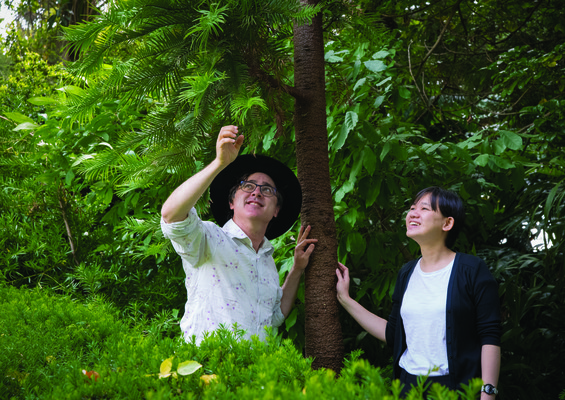
Geelong-based scientists have begun “the botanical equivalent of mapping a Tyrannosaurus Rex genome” with one of the world’s oldest types of tree.
Deakin University’s Larry Croft made the dinosaur comparison as he and other scientists began mapping the genome of the Wollemi Pine, once thought to be extinct.
Scientists had yet to complete a DNA sequence of the prehistoric plant since a NSW parks officer rediscovered it in 1994, according to Associate Professor Croft.
“This can only be done because the Wollemi has survived largely unchanged for more than 100 million years, whereas all the dinosaurs, except for the birds, have been extinct for more than 60 million years,” he said.
Scientists were conducting a significant part of the research at Deakin Genomics Centre at Waurn Ponds, Assoc Prof Croft said
The Wollemi Pine genome was twice as long as a human’s, he said.
“We have already sequenced six hundred billion DNA bases of the Wollemi Pine, counted as T, A, G and Cs in the language of DNA.
“If you were to print that data onto A4 sheets of paper and line them up, it could easily go around the Earth’s equator.”
Deakin and Sydney-based scientists would use a supercomputer in Canberra with the power of 85,000 laptops to map the genome, Assoc Prof Croft said.
Royal Botanic Garden Sydney’s Doctor Maurizio Rossetto said unlocking Wollemi Pine’s genetic code would reveal the previously untold history of the rare plant and help protect it from diseases.






